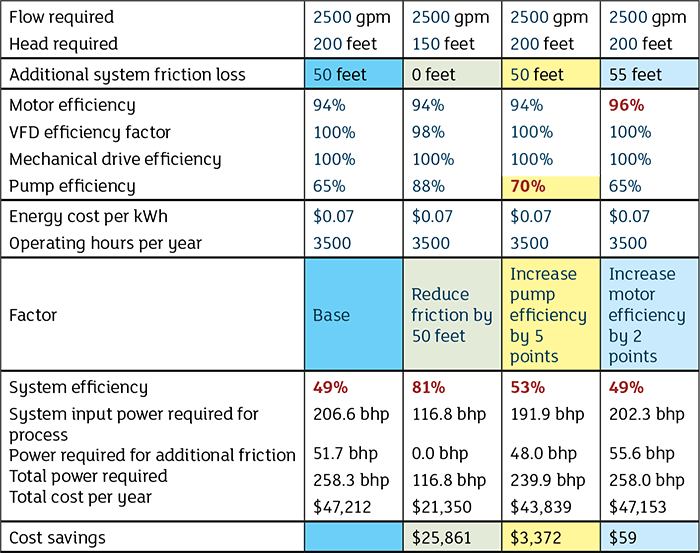To pick up where we left off in the February 2018 column, a system specification begins with the General Scope Document (GSD). Typically, the scope document should include a clear, concise definition of the overall systems and project goals, expectations, planned improvements, project costs, work duration, consultant responsibility and duties, work product, and work product completion. But who participates in the development of this important document? And how do you define project goals and expectations? It is a team effort. The team should be comprised of anyone who has a stake in the system, such as operations, production, maintenance, purchasing, reliability, electrical, mechanical, and instrumentation and controls professionals or energy specialists. Failure to include all stakeholders can result in a less than successful project and generally a problematic, costly system that has a negative impact on the plant’s bottom line. Think of the GSD when viewed together with the other components of your specification as a binding agreement beginning with the team.
- Project justification, goals and expectations: This is perhaps the most critical portion of the GSD and, unfortunately, the portion that historically lacks the necessary detail to achieve optimum life cycle cost (LCC) of the pumping system.
- Planned improvements/expansion: Are there plans for future expansion? This is important information that must be taken into consideration during the design phase. Also, how will expansion be handled (pipe sizing, pumps etc.)?
- Project costs: Set cost restrictions with a number not to exceed.
- Work duration: Determine a clear timeline including phase completion, final completion dates and penalties that can be defined.
- Consultant responsibility and duties: This is another area that is often not clearly defined. The old expression “clarity is power” would be an understatement.
- Work product, scope and description: A work product may begin as an analysis made during the development of a project, creating a type of proposal for the project that a company cannot deliver until the project has received approval. Types of information available in a work product might include prototypes, presentations, recorded discussions, diagrams and status reports. The organization can also use the work product as a source of information while the project progresses. Once a project has been approved, a work product can provide information to the organization for the life of the project. Specifically, a work product can provide information about the agreements that were made to define the work scope and establish payment arrangements. Additionally, a work product can also report information about the details of the project, including agendas from meetings, meeting minutes and trip reports.
- Work product completion: Otherwise known as Owners Acceptance Criteria, this is the expected outcome of the project. This must be clearly defined in the GSD so that the bidders can quote the project accordingly. It has been my experience that this portion of the scope document is often overlooked and ultimately ends up in litigation.
- Project exclusions: This includes statements about what the project will not accomplish or produce.
- Constraints: These are restrictions that limit what you can achieve, how and when you can achieve it, and how much it will cost.
 Table 1. Pumping system flow model and efficiency (Courtesy of the author)
Table 1. Pumping system flow model and efficiency (Courtesy of the author)
